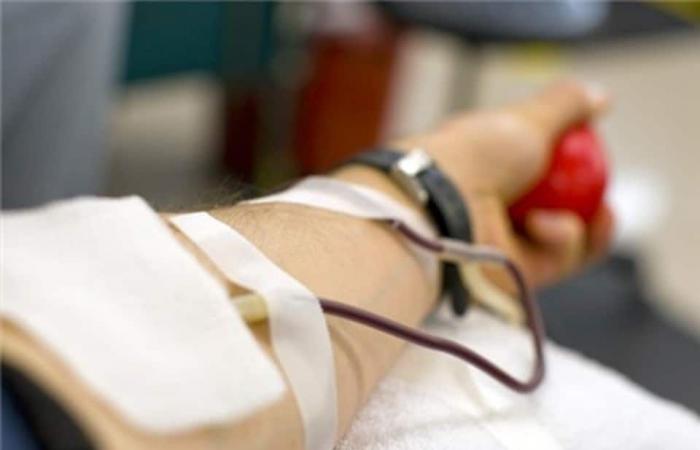Tuscany is one of the most virtuous regions in terms of blood donations. The point about the transfusion system was made during the regional day which this year took place in Lucca, on 15 June, in the headquarters of the IMT School of Advanced Studies. And the numbers are encouraging.
After the pandemic, 2023 was a year of recovery. In fact, the 206 thousand donations in the region, 45 per thousand residents (only for the production of red blood cells), higher than the national target of 40. There are 116 thousand active donors. In all of Italy, only 2.7 percent of Italians are donors – the data are from the National Blood Center and refer to 2022 – compared to 2 million 800 thousand transfusions benefiting 639 thousand patients.
The trend recorded in the first months of 2024 is also positive in Tuscany. The growth in donations remained constant and marked a further increase of 10 percent: for red blood cells, where Italy has achieved self-sufficiency, but also for plasma, where donations are historically less.
The critical issues are on the demographic front because generational embroidery is not sufficient: donors are aging and the population between 18 and 45 is decreasing. The objective is therefore to involve people more and more young. Another issue is the physiological decline linked to the summer, but Tuscany reacted well so much so that in 2023 the blood system operated in self-sufficiency. “This year too we were ahead of the game – comments the councilor for the right to health, Simone Bezzini -. With the Regional Blood Centre, the local health authorities and the donor associations we have worked on a strategy to prevent an emergency from occurring in our hospitals in the summer months. A summer without blood loss means no slowdown on the healthcare system, but also careful work on the appropriate use of this precious resource and the health of patients.” “The results are thanks to the commitment of voluntary associations and the generosity of donors. A big thank you goes to them on behalf of the Tuscany Region”, concludes Bezzini.
Who can donate
Blood donation is open to all citizens, Italian and foreign, aged 18 to 70 in good health, following correct lifestyles and an adequate weight. The presence of certain pathologies, ongoing therapies, recent travel or operations may lead to permanent exclusion or temporary suspension from donation. [markl]It can be donated at three-month intervals and no more than twice a year for women of childbearing age.[/mark]
There are four different blood groups: A, B, Ab and zero, which double depending on the presence or absence of Rh. The 0 Rh negative group is definitively universal: with some exceptions, it can be donated to any individual, but those who have it can only receive blood from an 0 negative donor. The rh positive AB group, on the other hand, can receive blood donations from all groups.
In Italy, the distribution varies depending on the geographical area, it is estimated that the O positive group is the largest, present in 40 percent of the population. Immediately after there is the positive group A, found in 36 percent. This is followed by group B positive (7.5 percent), 0 negative (7 percent), AB positive (2.5 percent), A negative (6 percent), B negative (1, 5 percent) and negative AB (the rarest in Italy, with 0.5).






